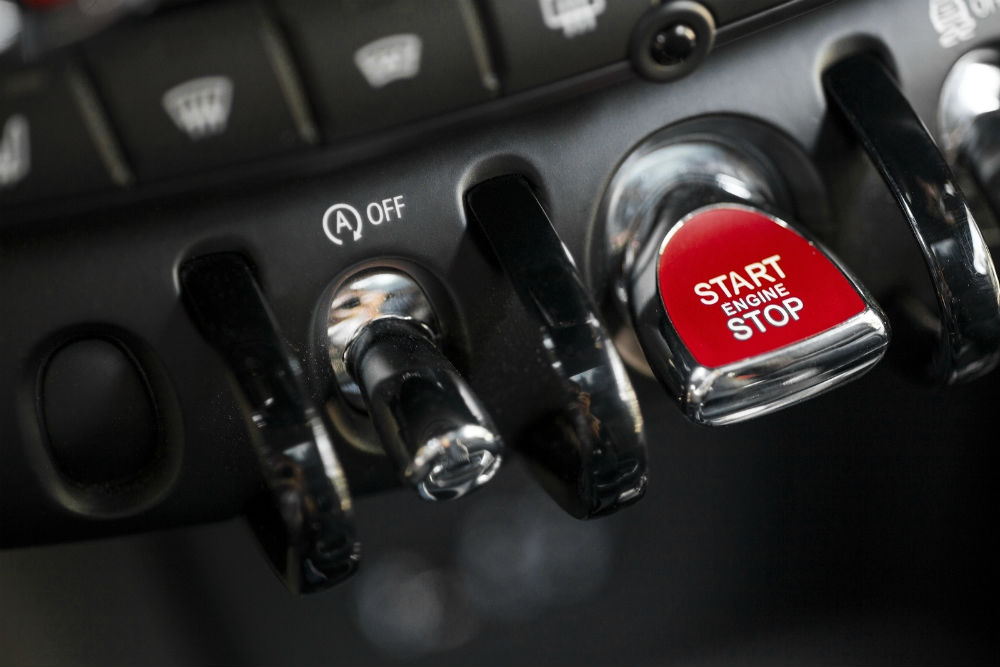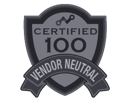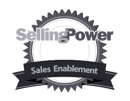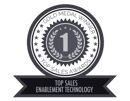
What is your sales pipeline definition?
Do you have a clear sales pipeline definition? Unless you do, you will struggle to track your sales effectiveness and continuously improve your efforts. With some techniques and improved prospecting and qualification criteria you can reshape your team's sales funnel into a sales tunnel.
When working with sales teams, we encounter varying definitions about where the sales pipeline begins and ends. At one end of the spectrum, we see sales teams who place every web site visitor into their sales pipelines and keep them there until service delivery. At the other end of the spectrum, we see organizations who prequalify, qualify and re-qualify opportunities before moving them into the pipeline. And we’ve seen worst-case scenarios where the decision is left up to each salesperson.
How you set up your sales pipeline definitions will affect your sales metrics, such as win-rates and sales cycle length. It will impact how your salespeople spend their time and how effectively sales managers can coach them. Your salespeople will sell more because they are getting relevant coaching and not wasting time on unqualified opportunities.
Our recommendation for complex sales environments is to separate prospecting from opportunity management and have your sales pipeline consist of opportunities that you have qualified well, using well defined entry and exit criteria.
1. Define what you are selling to which customers
To maximize the success of your sales efforts, you need a clear picture of the type of customer you’re able to help. Segment your market and set up criteria to prequalify prospects before they enter your sales pipeline.
2. Prequalify your leads wisely
The most precious asset any sales team has is time. The more complex your sales process, the more resources are needed to win the trust of your potential clients. Our recommendation, when win rates are low, is to get serious about how you prequalify prospects. Figure out hard facts like the size of the company, their vertical and their customers. Don’t waste your team's valuable sales time on the wrong type of prospects. When you keep your sales pipeline free of poor fits, your metrics will show higher win-rates and shorter sales cycles.
3. Ask the right questions to find their triggers
In your pre-qualification efforts, use the right questions to determine where your prospects are in the buying process. Is the problem or the intended outcome that you can help them solve important to them (now)? Have they tried to solve this problem before? Who will need to be involved? What is the competitive landscape? Once you start capturing qualification information like this, you will help your salespeople to focus their time on the customers you can truly assist and can be profitable in doing so.
Once pre-qualified and the sales person has identified trigger events likely to result in them taking action, an opportunity should be created and enter your pipeline.
A focused sales funnel can look more like a tunnel
A typical sales pipeline has a lot of opportunities going in and only a few sales coming out at the other end. A common metaphor to describe the sales pipeline is that of a funnel with varying amounts of leakage. Improving sales effectiveness is about minimizing this leakage. When you do a good job of segmenting, prequalifying and maintaining momentum in your sales pipeline, your ambition should be to change the funnel into a tunnel.
The deal is signed - now what?
Once you’ve won the trust of the customer, you’ll need to deliver your solution and service them over their lifetime as your customer. The new customer acquisition process is completed and the opportunity needs to exit the pipeline. Of course, you’ll want to develop each account and create repeat business. New opportunities with existing customers will enter your pipeline at a later stage, possibly using a more streamlined sales process, as you should now have earned their trust.
We lost the deal - now what?
You can lose a deal to the competition, or to the status quo. Either way, you’ll want to re-engage with the prospect someday. For now, the opportunity needs to be removed from your pipeline. Make sure that your sales people are not afraid to close opportunities that no longer have a pulse. Put them back to nurturing and prospect for new opportunities in the future.
Manage by metrics and coach behaviors
Once you have clear pipeline definitions in place, you will be able to effectively manage salespeople based on their performance metrics and coach the behaviors that lead to success.
We’ve created a free tool to help you design your pre-qualification criteria and sales process. Please feel free to download it below:

By George Brontén
George is the founder & CEO of Membrain, the Sales Enablement CRM that makes it easy to execute your sales strategy. A life-long entrepreneur with 20 years of experience in the software space and a passion for sales and marketing. With the life motto "Don't settle for mainstream", he is always looking for new ways to achieve improved business results using innovative software, skills, and processes. George is also the author of the book Stop Killing Deals and the host of the Stop Killing Deals webinar and podcast series.
Find out more about George Brontén on LinkedIn








